Over the past few years, universities have had to evolve their approach to education to appeal to growing numbers of students taking online or hybrid programs.
In part one of our series about Online Program Managers (OPMs), we outlined how they have helped some universities to jumpstart languishing online efforts or to launch new online programs.
In this post, we look at five digital marketing tactics OPMs use and how they could be integrated into the digital marketing activity of institutions to promote online, hybrid and on-campus degrees.
Marketing Tactic 1 - OPMs find the USPs that differentiate the institution and programs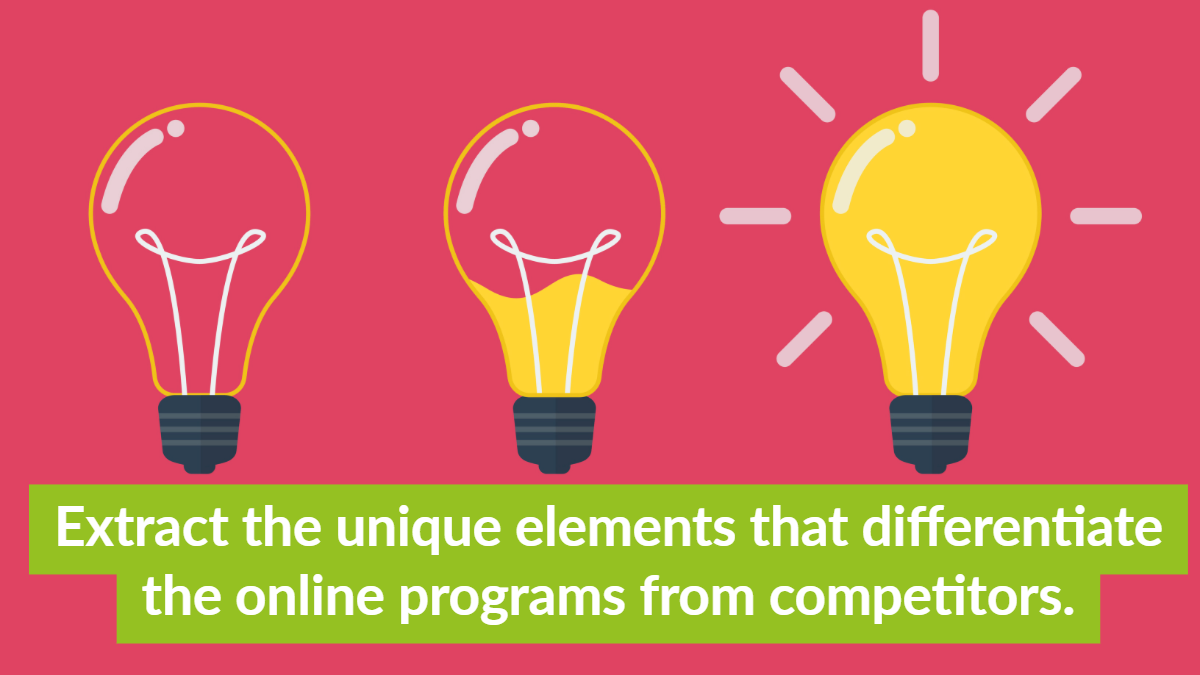
Before any marketing campaign work begins OPMs research the brand and institution attributes, and the competitive environment for each program.
They conduct detailed market analysis based on geographic enrollment data and competitor information including pricing, admissions standards, application requirements, social and paid media activity and key phrase analysis relating to each program.
This will sound familiar to institutions, but from there, the OPM also extracts the unique elements that differentiate the online programs from competitors.
This program differentiation is an alternative tactic to many universities that focus primarily on institution USPs. It enables the OPMs to determine the exact audience for each degree and build a granular marketing strategy that enhances and extends the reach of each program online.
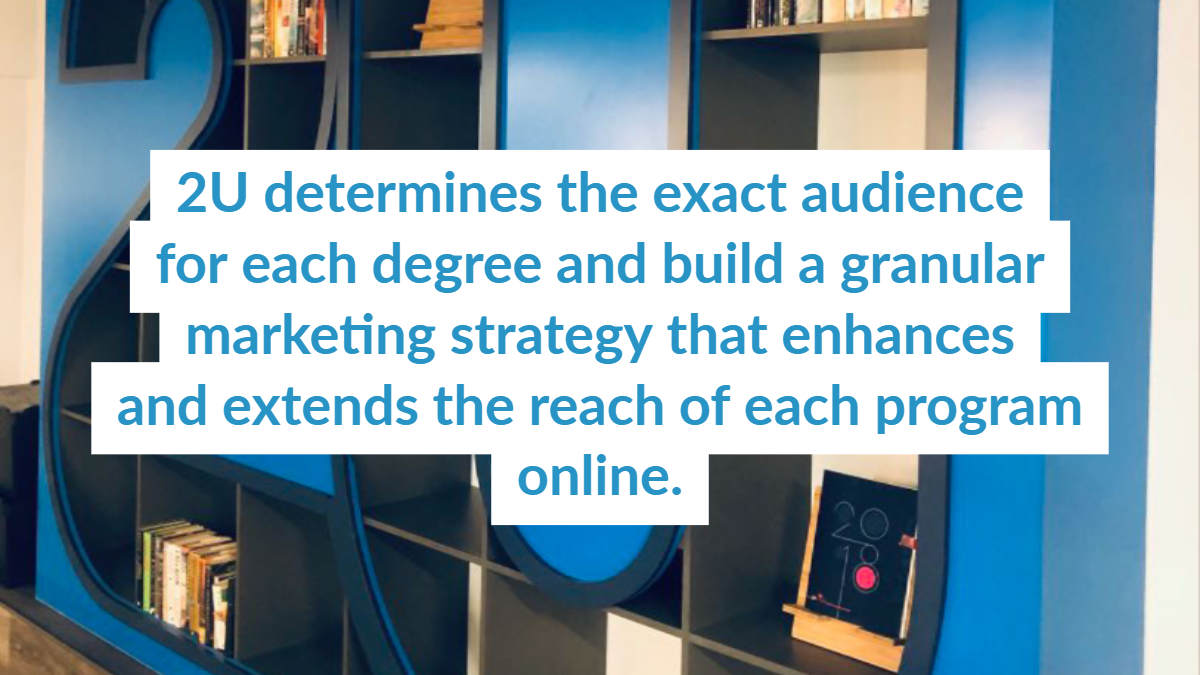
Marketing Tactic 2 - OPMs invest in ongoing conversion optimization initiatives
For OPMs there is no 'set it and forget it', instead they have ongoing optimization baked into every aspect of their digital activity.
For each program, a conversion-centric portal is created on its own subdomain and further supporting microsites are developed to reach various submarkets for the course.
Following this, OPMs build, launch and manage paid media campaigns for each program driving traffic to these targeted landing pages from paid search, display and social media. Meanwhile longer term SEO strategies are developed to generate organic traffic for the landing pages targeting long tail phrases which achieve the highest impact and return on investment.
Conversion rate optimisation (CRO) techniques are then used to continually analyse and fine-tune the program web pages and the content on associated microsites.
Sometimes this involves changing design features like making call-to-action buttons more eye-catching, moving their placement on the page, or even testing the button copy itself. At other times it means removing complicated steps from the conversion funnel, or minimizing on-page copy or reducing form fields to reduce friction.
Site visitors' interactions are then analysed to inform optimisation changes, and A/B testing deployed to check which changes perform best.
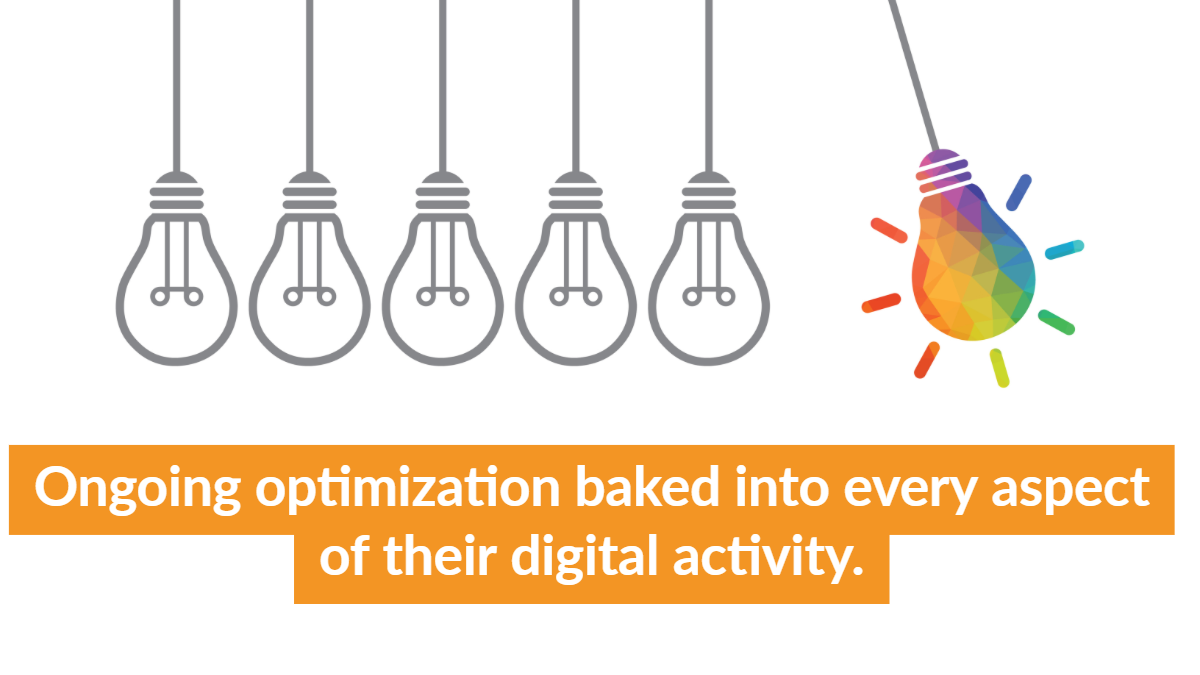
Marketing Tactic 3 - OPMs create an omnichannel experience to aid student recruitment
Over half of potential students research universities for a year or longer before they reach out for more information or apply. They're using search engines, looking across university websites, and reading social media content from institutions and students.
To align with this wide-ranging search process, OPMs create digital touchpoints which present a consistent image along the entire research journey. And they use social media marketing, paid search, influencer marketing and re-targeting techniques to connect in different ways with prospects.
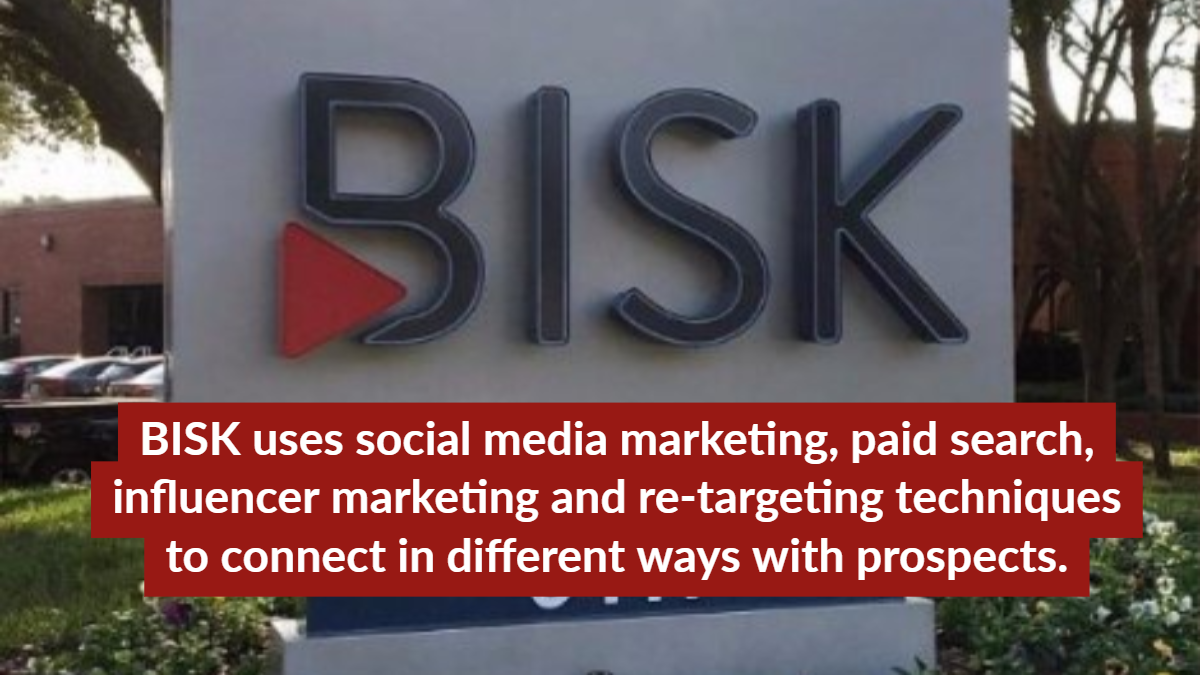
Once they successfully convert a visitor into a lead, marketing automation platforms are used to deliver phone calls, text messages and emails based on pre-defined triggers and the specific behaviours of prospects.
Many OPMs set up email lead nurturing campaigns, for instance, that deliver a series of emails each touching on different aspects of the target person's motivations and concerns. These emails are then systematically rolled out by the automation system at regular intervals, encouraging prospective students to take the next step towards application. A similar system is used to promote events like online webinars.
By customizing the design and messaging of communications OPMs engage potential students with information most relevant to them, and by using stage-based nurturing campaigns they can deliver messaging based on prospect's point in their journey towards application.
These communication sequences make it as easy as possible for prospective students to keep moving through the sales funnel.
Marketing Tactic 4 - OPMs use deep data and organic activity to inform paid advertising
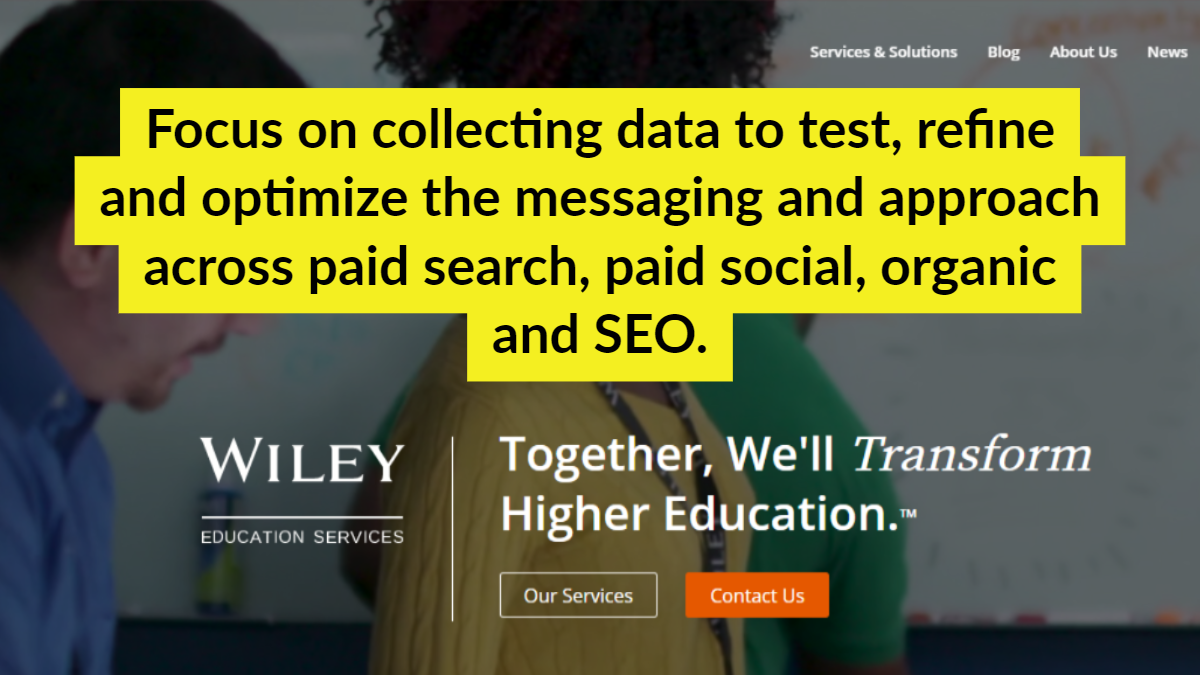
OPMs have data intelligence underpinning their digital marketing activity driving the entire student lifecycle and optimizing the market spend.
Wiley Education, for example, worked with the University of Birmingham to deliver a series of online programs. From launch, the company focused on collecting data to test, refine and optimize the messaging and approach across paid search, paid social, organic and SEO.
The data from organic activity indicated a significant international audience for the University's online programs, so they developed targeted advertising campaigns showing testimonials from current students tailored to the local or regional area based on the viewer's location.
The testimonials were then displayed in an interactive map to illustrate the global diversity of current students and to address prospective students' potential fears of isolation, as well as to showcase the University's global brand recognition and prestige.
The initiatives increased the rate of students who followed through and applied after inquiring by over 700 percent, and over 500 students from over 95 countries have joined the University's online programs in three subsequent years.
Marketing Tactic 5 - OPMs funnel communications through to contact centres to provide human interventions
Research shows that immediate contact with a prospective student is pivotal in helping them to start on a path towards joining an institution. Whichever university speaks to a student first gets the first chance to build a relationship with that student.
OPMs have brought their experience in contact centre technology to the higher education market. With carefully designed communications and defined handoffs they can provide a seamless experience for prospective students.
At Utica College, for example, when a prospect first requests information for an online program, they'll speak immediately with an admissions representative in an OPM-led contact centre, where they use linguistic analysis and behavioural analytics to categorize each prospective student's communication style within seconds.
This helps the institution's representatives to steer the conversation and offer relevant support.
This early dialogue provides an opportunity to learn about a student's goals, ambitions, challenges and life circumstances and begin to help the student envision themselves at the institution.
And once the prospective student has decided to apply to a specific program, they are assigned to an enrollment co-ordinator to help them through this next stage of the process.
Over this time students build a strong rapport which cultivates trust between them and the institution.
.png)
The digital marketing tactics of OPMs can transform institution's in-house marketing and recruitment activity
In today's competitive higher education market, more universities are turning to online education to meet student expectations, enhance the student experience and provide alternate paths to new markets.
This move to more online education has shifted competition from a mostly regional scale to a massive global playing field.
Meanwhile, students are researching universities online with a consumer outlook, and their expectations are high. They're used to Netflix, Uber and Amazon that provide hyper-personalized experiences across platforms and contexts.
In this environment, digital marketing plays a crucial role in generating leads and enrolling students and OPMs are at the cutting edge.
So whether you view OPMs as a sensible university partnership model or a risky outsourcing of core capability, you can assess their tactics and apply them to your specific institution context to good effect.

:format()//media/5-marketing-tactics-universities-can-learn-from-online-program-managers__RQ.png)